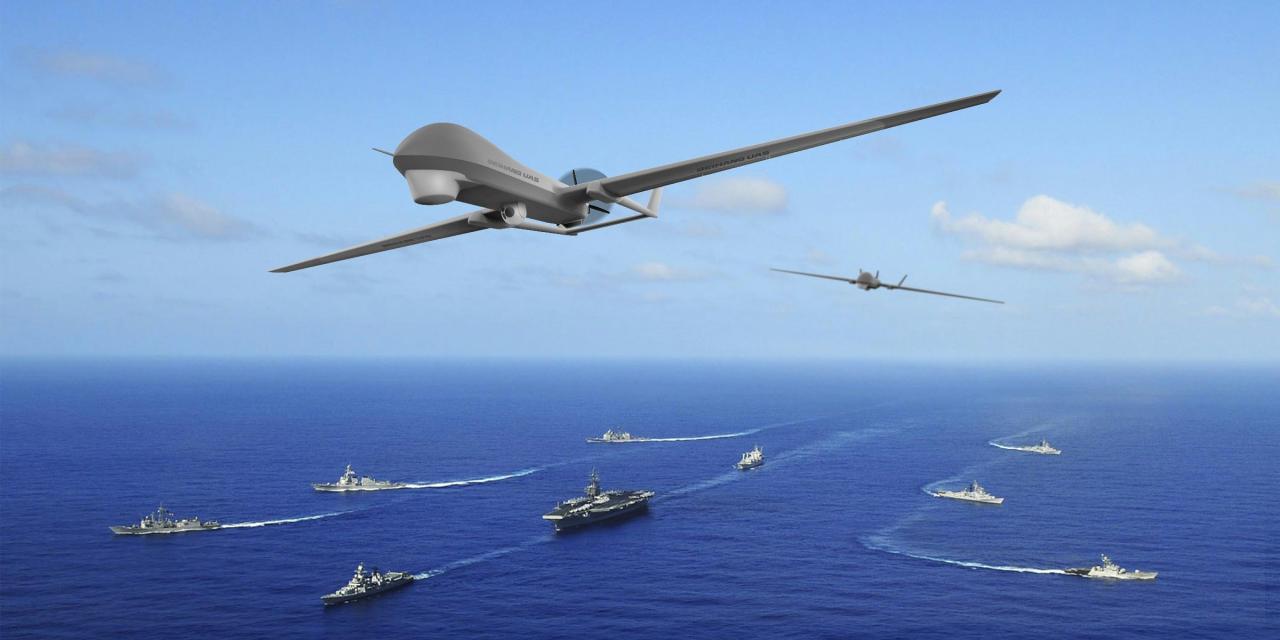Predator drones have revolutionized modern warfare and are increasingly finding applications in civilian life. These unmanned aerial vehicles (UAVs), initially designed for reconnaissance, have evolved into sophisticated platforms capable of carrying out a wide range of missions, from targeted strikes to environmental monitoring. This exploration delves into the technological advancements, military and civilian applications, international implications, and future potential of these remarkable machines.
We’ll examine the evolution of Predator drone technology, exploring its key components and comparing various models. We’ll also discuss the ethical dilemmas surrounding their military use, the potential benefits in civilian sectors like search and rescue, and the ongoing international debates surrounding their deployment. Finally, we’ll look ahead to future innovations and the potential impact of emerging technologies on Predator drone capabilities.
Predator Drone Technology: A Deep Dive
Predator drones, unmanned aerial vehicles (UAVs) capable of carrying out surveillance and strike missions, have fundamentally reshaped modern warfare and are increasingly finding applications in civilian sectors. Their evolution, technological advancements, and multifaceted impacts warrant a comprehensive examination.
Technological Evolution and Components of Predator Drones
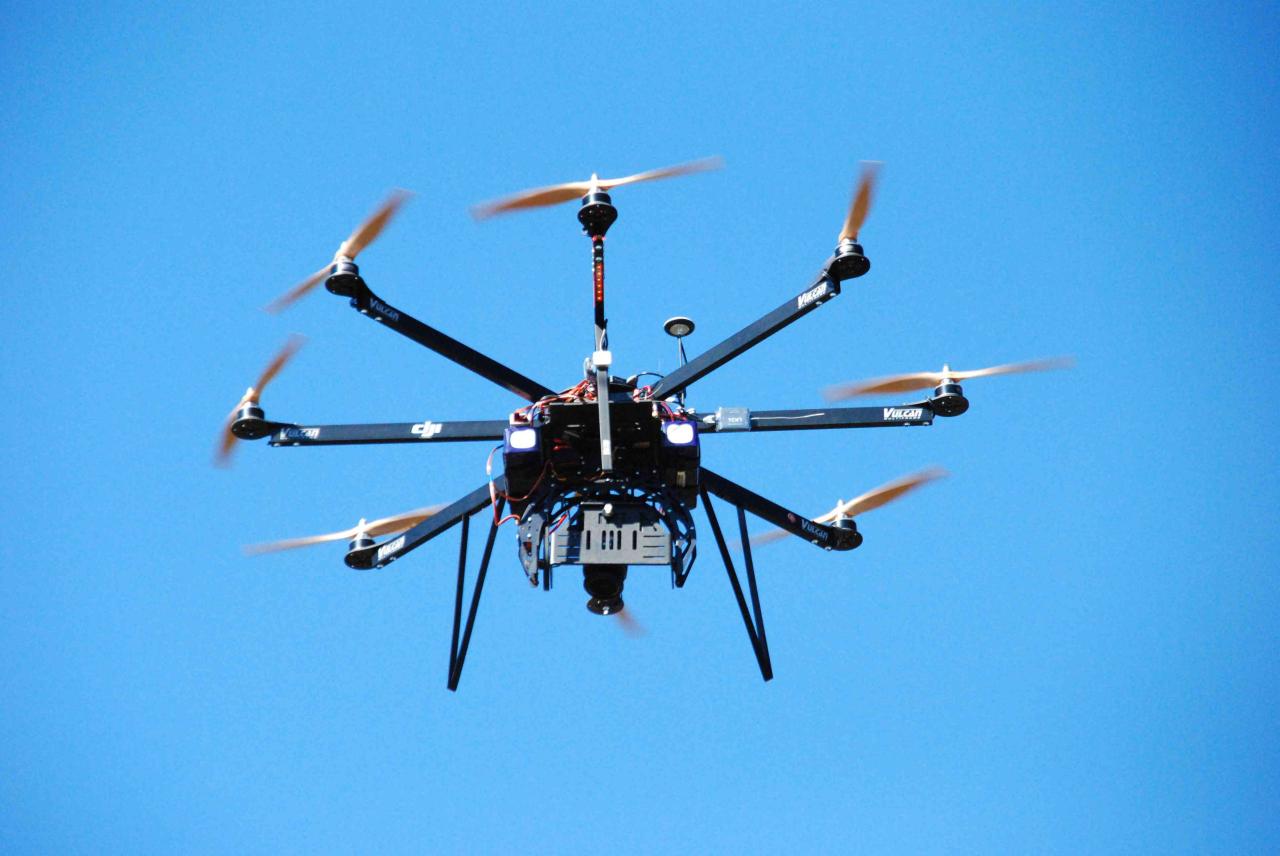
The Predator drone lineage traces back to the General Atomics MQ-1 Predator, initially designed for reconnaissance. Subsequent iterations, like the MQ-9 Reaper, significantly enhanced payload capacity, endurance, and operational capabilities. Key technological components include sophisticated electro-optical/infrared (EO/IR) sensors for target identification, satellite communication systems for real-time data transmission, and turboprop engines for extended flight times. AI integration facilitates autonomous flight and target engagement, though human oversight remains crucial.
Comparison of Predator Drone Models
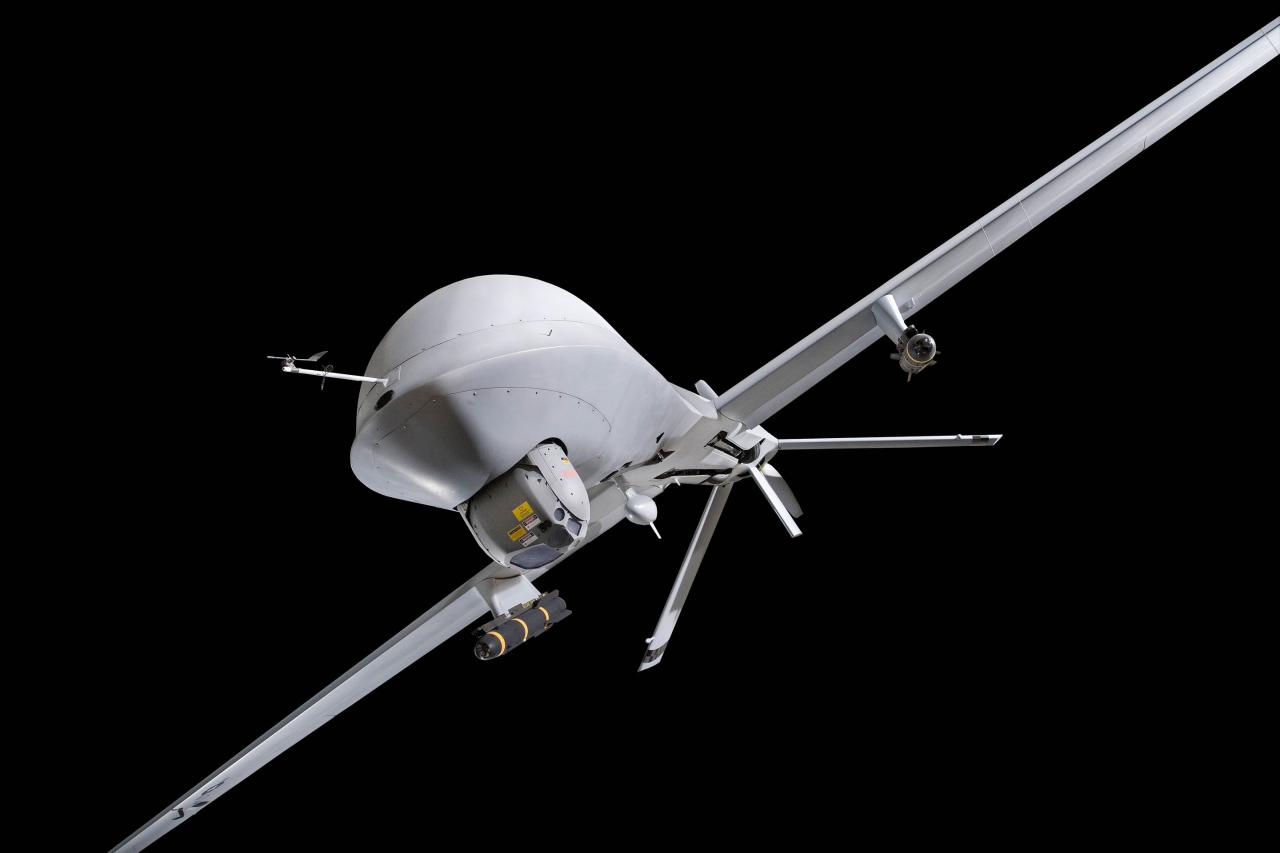
Different Predator models cater to diverse operational needs. The MQ-1 Predator’s smaller size and simpler design prioritize affordability and ease of deployment, while the MQ-9 Reaper boasts greater payload and range, suitable for longer missions and heavier ordnance. The future will likely see even more specialized models, optimized for specific tasks.
| Model | Payload Capacity (lbs) | Range (nm) | Endurance (hrs) |
|---|---|---|---|
| MQ-1 Predator | ~800 | ~1200 | ~40 |
| MQ-9 Reaper | ~3,850 | ~1,850 | ~27 |
| (Hypothetical Future Model) | ~5,000 | ~2,500 | ~48 |
Military Applications of Predator Drones
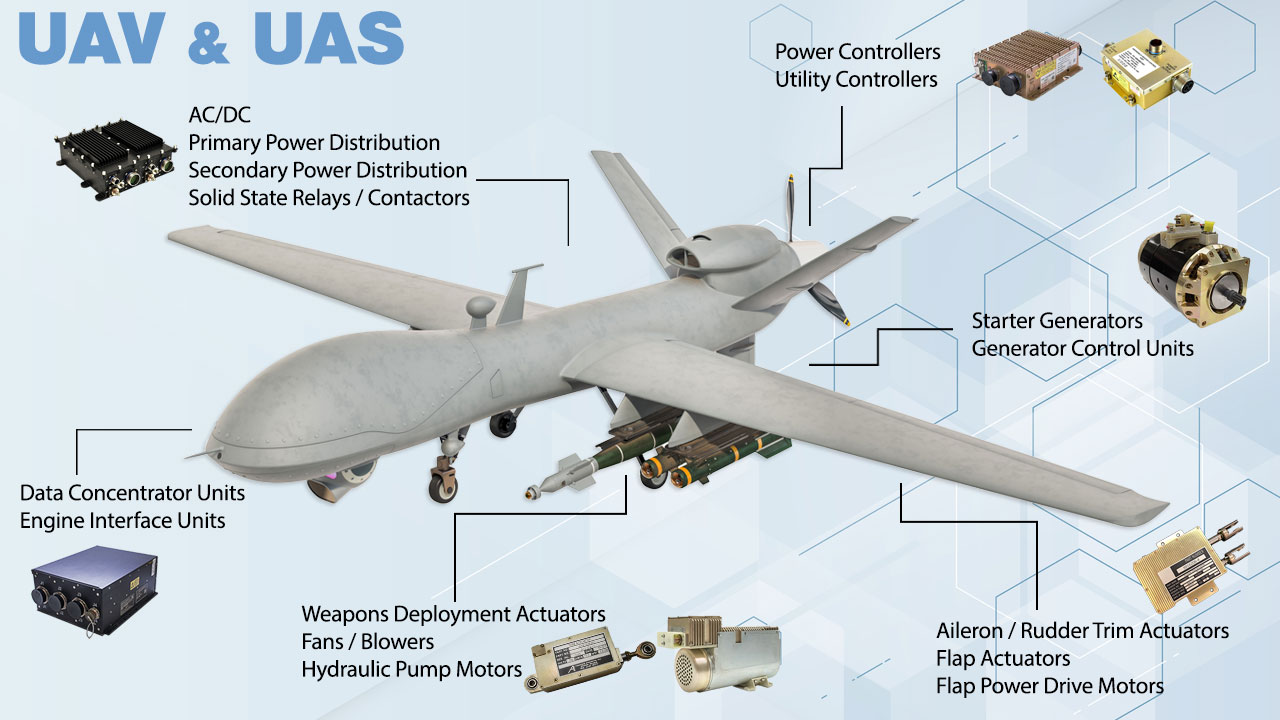
Predator drones have significantly impacted military operations. Their use in targeted killings and reconnaissance has become commonplace, although ethical concerns remain paramount.
- Successful operations include targeted strikes against high-value targets in various conflict zones.
- Strategic advantages include reduced risk to human pilots and increased surveillance capabilities.
- Disadvantages include the potential for civilian casualties and the risk of escalation.
- Ethical considerations center on the legality and morality of targeted killings and the potential for unintended consequences.
- Compared to manned aircraft, Predator drones offer cost-effectiveness and persistent surveillance capabilities but lack the maneuverability and adaptability of piloted aircraft.
Potential risks associated with Predator drone deployment include:
- Technical malfunctions
- Enemy interception
- Cyberattacks
- Unintended civilian casualties
- Escalation of conflict
Civilian Applications of Predator Drones
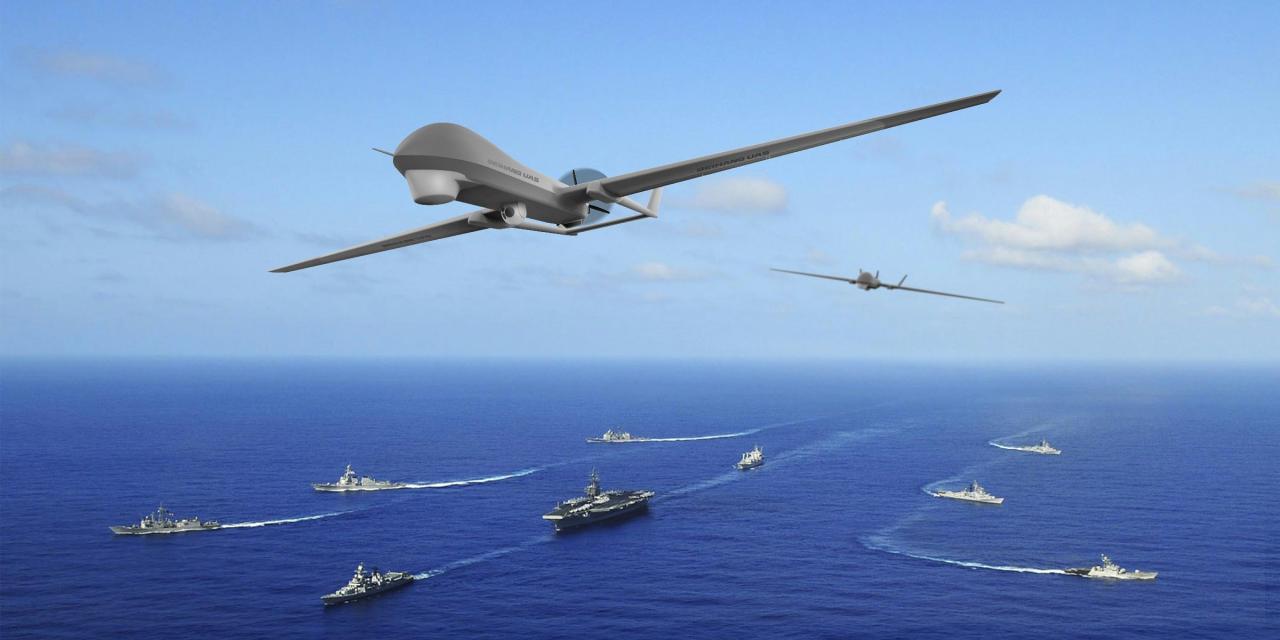
Beyond military applications, Predator drone technology offers substantial potential in various civilian sectors. Adaptation for civilian use necessitates modifications and stringent safety protocols.
| Sector | Benefits | Drawbacks | Cost-Effectiveness |
|---|---|---|---|
| Search and Rescue | Wide area coverage, rapid deployment | Limited payload capacity for rescue equipment, reliance on communication infrastructure | Potentially cost-effective compared to helicopter operations in some scenarios |
| Environmental Monitoring | Data collection over large areas, long-term monitoring | High initial investment, potential for data inaccuracies | Potentially cost-effective compared to manned aircraft or ground-based monitoring |
| Infrastructure Inspection | Detailed inspection of bridges, pipelines, etc., reduced risk to human inspectors | Limited access to confined spaces, weather dependence | Cost-effective for large-scale infrastructure projects |
International Relations and Predator Drones
The proliferation of Predator drone technology has profoundly impacted international relations, sparking legal and ethical debates globally.
A timeline of key events:
- Early 2000s: Increased use of Predator drones in Afghanistan and Pakistan.
- Mid-2000s: Growing international concern over civilian casualties.
- Late 2000s: Legal challenges to drone strikes.
- 2010s: Increased adoption of drone technology by various nations.
- Present: Ongoing debates over international regulations and ethical guidelines.
The Future of Predator Drone Technology
Future Predator drones will likely feature advanced propulsion systems (potentially hybrid-electric or even fully electric for enhanced endurance and reduced noise signature), increased autonomy (through improved AI and machine learning), and greater payload capabilities (including more sophisticated sensors and weaponry). The integration of swarm technology, allowing coordinated operations of multiple drones, represents a significant potential advancement.
A conceptual next-generation Predator drone might incorporate a blended wing body design for enhanced aerodynamic efficiency, advanced AI for autonomous navigation and target acquisition, and a modular payload bay allowing for rapid reconfiguration to adapt to various missions. It would be equipped with a high-resolution multispectral sensor suite, advanced communication systems for seamless data transfer, and possibly even directed energy weapons.
Predator drones are unmanned aerial vehicles used for surveillance and targeted strikes. Want to learn more about their capabilities and technology? Check out this awesome simulation of a predator drone to get a feel for how these complex machines operate. Understanding predator drones is crucial in discussions about modern warfare and technological advancements. Predator drone technology continues to evolve, raising important ethical and strategic questions.
Last Word
From their origins as reconnaissance tools to their current multifaceted roles, Predator drones represent a significant technological advancement with profound implications for both military operations and civilian applications. Understanding their capabilities, limitations, and ethical considerations is crucial as their use continues to expand. The future of Predator drone technology promises even greater autonomy, enhanced capabilities, and a wider range of applications, demanding ongoing discussion and careful consideration of their impact on the world.
FAQ Insights: Predator Drone
What is the lifespan of a Predator drone?
The lifespan varies greatly depending on usage, maintenance, and model, but generally ranges from several years to over a decade.
Predator drones, those unmanned aerial vehicles, require serious tech to operate. Their control systems are complex, often relying on high-performance components. You’ll need a solid motherboard, and for that, check out the specs and setup guide in the msi b650 gaming plus wifi manual if you’re building a ground station. Understanding the hardware is crucial for effective drone operation and maintenance, especially when dealing with the sensitive systems of a predator drone.
How are Predator drones controlled?
They are remotely piloted by operators on the ground via satellite or other communication links.
Predator drones, with their high-tech surveillance capabilities, are a fascinating piece of modern military tech. Imagine needing to access real-time data while operating one – you’d probably want reliable internet, right? That’s where something seemingly unrelated, like bc ferries wifi , becomes relevant in illustrating the importance of consistent connectivity in a variety of high-tech operations. Think about the data transfer rates needed for a predator drone; reliable internet access is just as critical for effective operation.
What types of payloads can Predator drones carry?
Payloads range from high-resolution cameras and sensors to precision-guided munitions, depending on the model and mission.
Are there any size limitations for Predator drones?
Yes, size and weight are significant factors affecting range, payload capacity, and operational capabilities. Larger drones can carry heavier payloads but may have shorter flight times.
